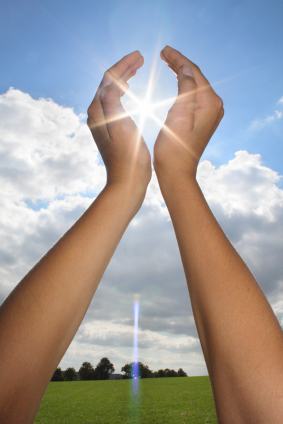An article in today’s online edition of Mercury News reports that melanoma, the deadliest form of skin cancer, has increased rapidly in the United States in recent years.
The article discusses some of the reasons for the increase including the theory that rising rates are a result of expanded screening, which catches small tumors that might otherwise go undetected. However, a study by the Northern California Cancer Center in Fremont casts doubt on this view.
The study, which appeared recently in the Journal of Investigative Dermatology, found a 3.1 percent annual rise in malignant melanoma rates among white men and women from 1992 to 2004. White people account for more than 90 percent of such cases nationwide. The fastest increases are occurring among white men over the age of 65. Such men were diagnosed with malignant melanoma at the rate of 126 cases per 100,000 people in 2004. That rate is rising by 5 percent a year, which would result in a doubling over a 20-year period. While the study didn’t draw conclusions about the reasons for the increase, some experts believe leisure activities in the sun play a role.
Dr. Adil Daud, director of melanoma clinical research at University of California-San Francisco, “In that population, I do think that there’s been an increased number of people who are either moving to the southern part of the United States, where there’s more sun, and also playing more golf and out sailing more and hanging out by the beach more,” said Daud, who was not involved in the study. “I do think that it’s a genuine increase because of our lifestyle.”
Melanoma can appear on the skin suddenly without warning, but it also can develop on an existing mole. It involves the uncontrolled growth of pigment-producing cells. According to the national Centers for Disease Control and Prevention, about 65 to 90 percent of melanomas are caused by exposure to ultraviolet light or sunlight. For that reason, always practice sun safety:
- Limit sun exposure by seeking shade, covering up and avoiding the sun during its peak intensity (between the hours of 10 am and 4 pm)
- Wear big sunglasses to protect the eyes
- Exercise precaution around water, sand and snow as they can reflect damaging UV rays and increase the chance of sunburn
- Use a broad spectrum well formulated UVA and UVB blocking sunscreen with an SPF of at least 30. Effective formulations include Anthelios sunscreens, Keys Solar Rx sunblock and Cotz SPF 58.
Read the full article here.




